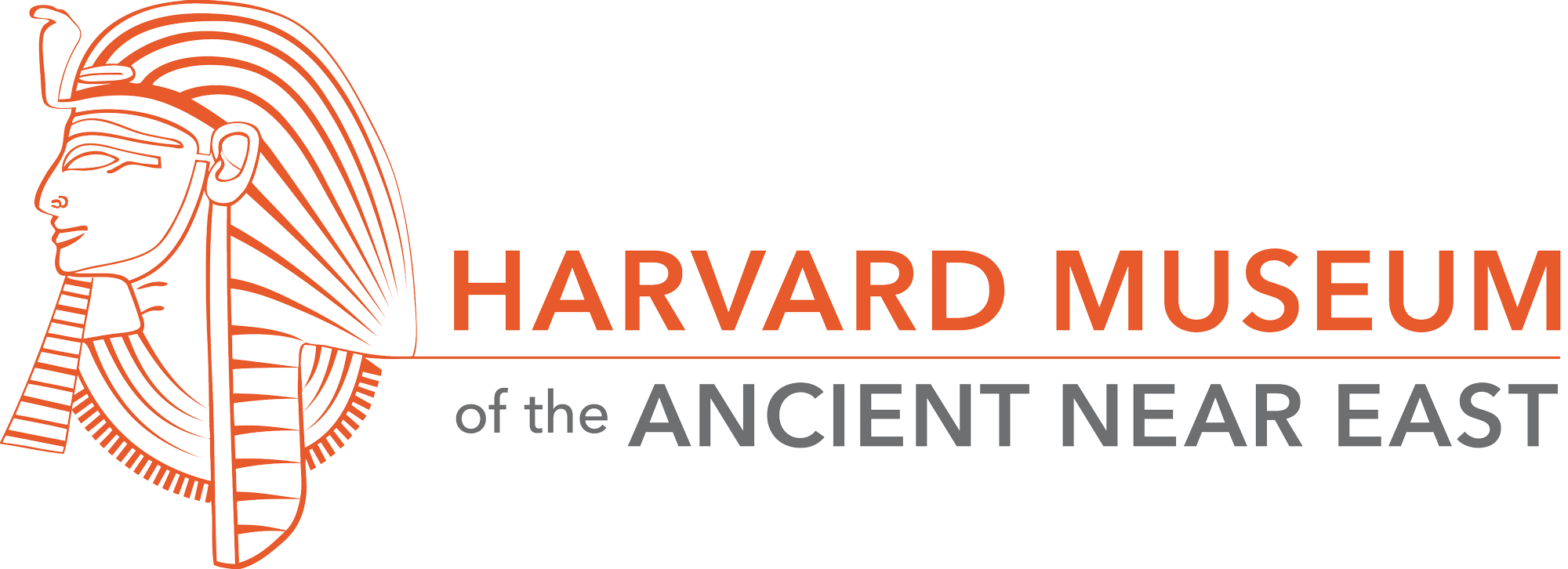Publications by Series
Recent Publications
- Tel Miqne-Ekron Excavations 1994–1996, Field IV Upper and Field V: The Elite Zone, Part 1: Iron Age IIC Temple Complex 650
- Tel Miqne-Ekron Excavations 1994–1996, Field IV Upper and Field V, The Elite Zone Part 2: Iron Age IIC Temple Complex 650 Sections, Plans and Database
- Ashkelon 9: The Hellenistic Period
Copyright © 2024 The President and Fellows of Harvard College | Privacy | Accessibility | Digital Accessibility | Report Copyright Infringement

